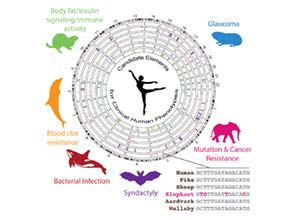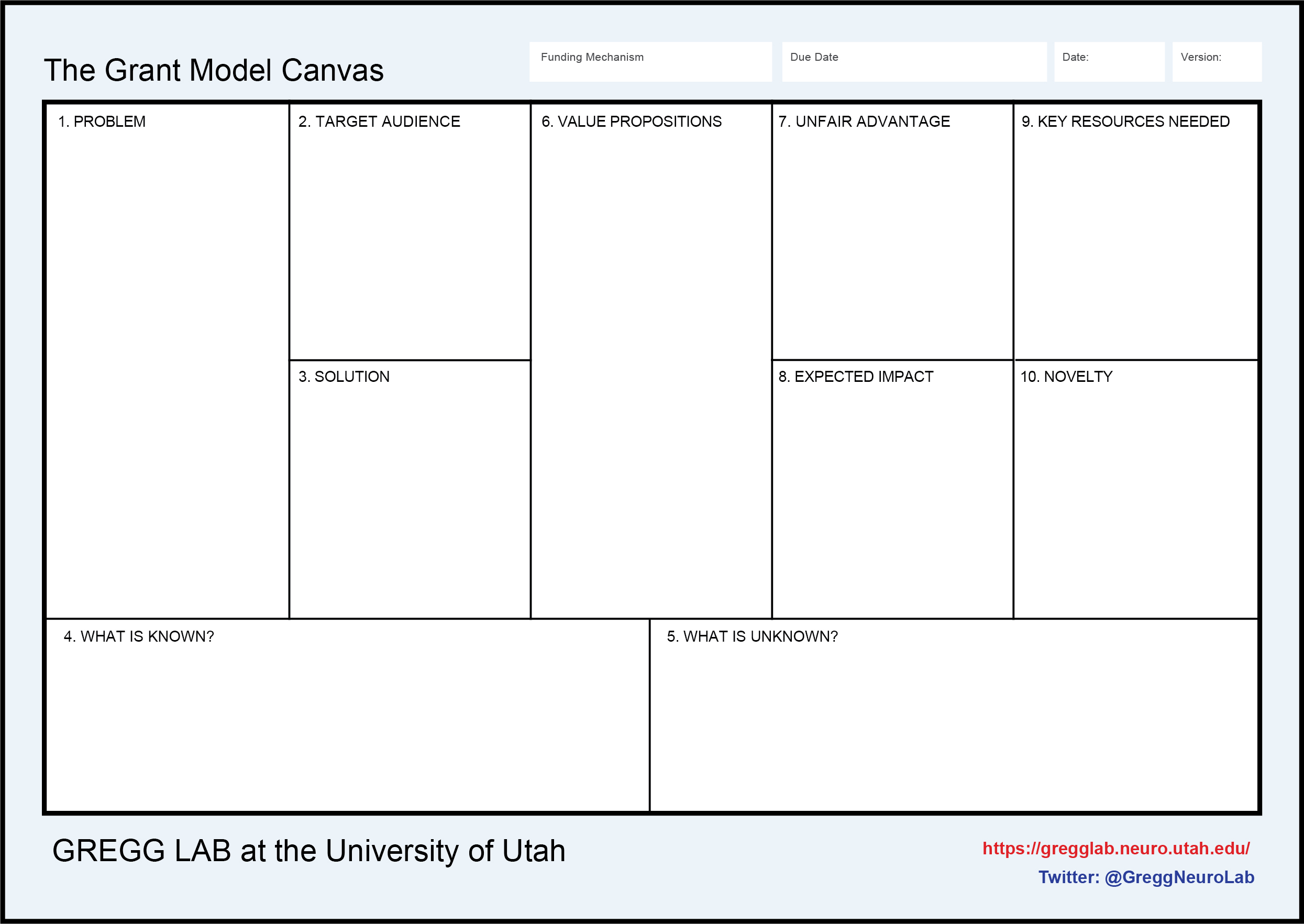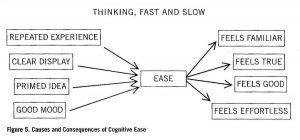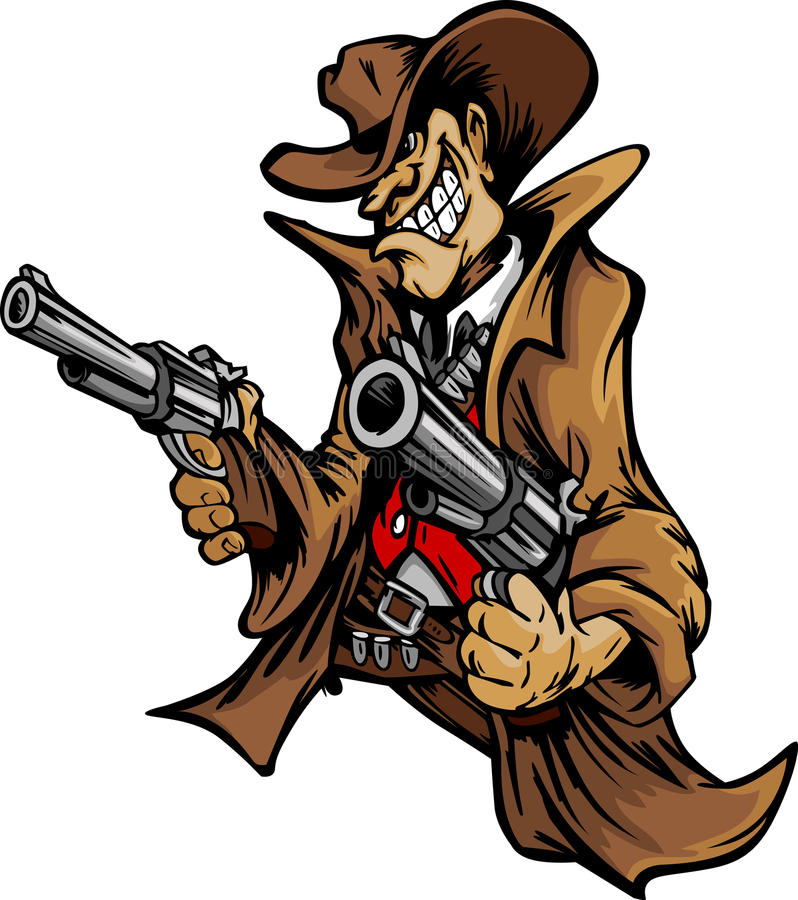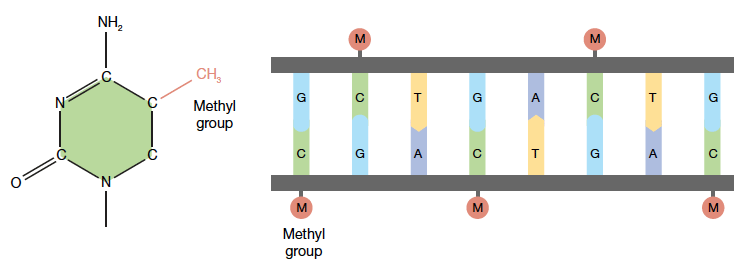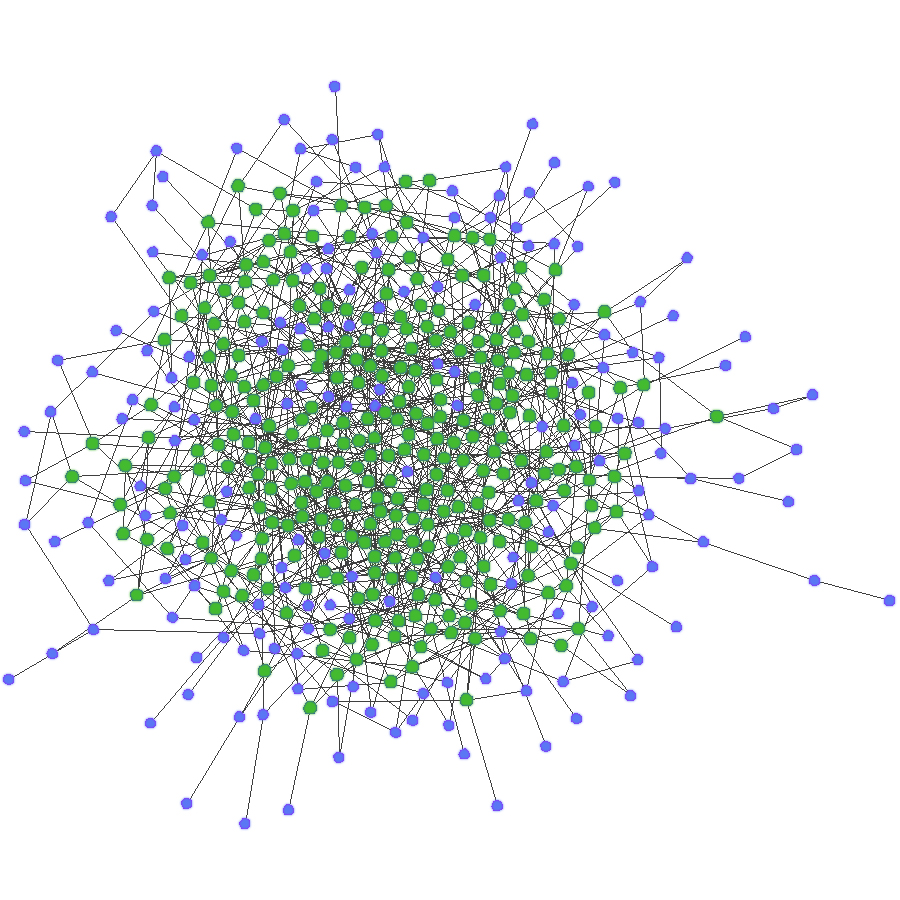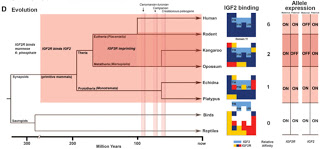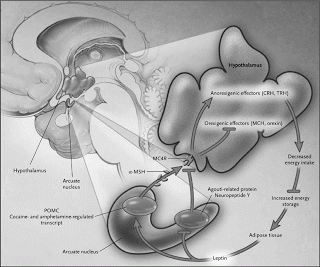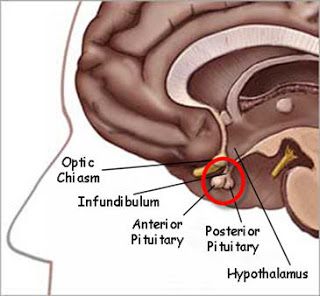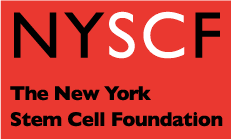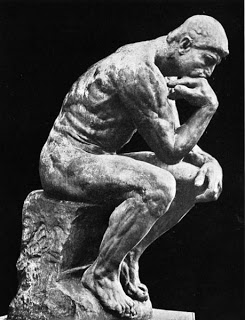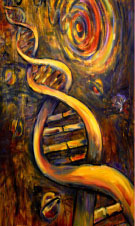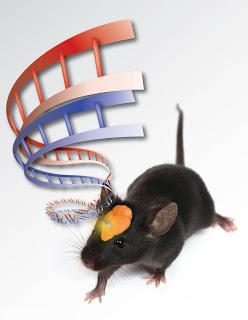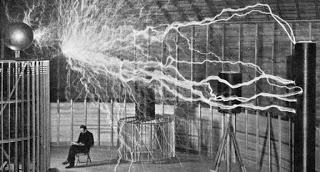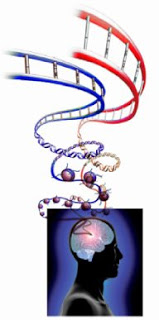A LEAN CANVAS-STYLE APPROACH TO DEVELOPING GREAT GRANTS AND PROJECTS
Writing a great grant or designing a transformative new project is hard work and many issues need to be considered carefully. An idea for grant application/project will typically go through many, many iterations before something great emerges. During this process, many different ideas and issues need to be explored and addressed and researched. If you sat down and wrote a full grant application for every idea you have, it would be far too much work. As an assistant prof starting out, I wrote way too many grants on half-baked ideas and needed a better way. The problem was, a simple framework for iterating and working up grant/science project ideas is lacking. Here, I try to introduce a solution.
Over the past few years, I became familiar with the LEAN CANVAS system for creating start up companies. It is simple and useful and I thought that it could be easily modified to help with grant writing. The idea behind the LEAN CANVAS approach is that writing a full finalized business plan for a start up company is silly because you need to work through so many different ideas and issues. The start up process is very dynamic and creative. Experts in the area determined that one should be able to draft a more business plan easily to work through the issues and evaluate different ideas – and easily change directions. To learn about LEAN CANVAS for startups go here (https://strategyzer.com/). The platform is simple for iterating and exploring ideas.
Writing a finalized business plan is similar to writing a finalized grant application, and every new research project idea is similar to a new start up company idea. A lot of work and iteration is required before a new research project idea is worthy of a full grant application. Thus, the process of developing new research projects for grants fits well into the LEAN CANVAS-style framework.
Great grants provide outstanding solutions to important problems. They clearly explain to the target audience why the problem is important and your solution is great.
Here I share a LEAN CANVAS-style framework for working up grant ideas that are great solutions to important problems. For lack of a better name, I call this THE GRANT MODEL CANVAS.
THE GRANT MODEL CANVAS is available in Word (link), Keynote (link) and PowerPoint (link) formats. Please download and use as you like! The reason I share it in these formats is that Keynote and Powerpoint make it easy to create one file for grant ideas and then you simply duplicate the THE GRANT MODEL CANVAS slide as needed to explore a new project idea. I entered fields for you to type into easily to address the necessary issues needed to vet a new project idea. If you want a pdf version, go here (link).
Here is how it works:
Enter a title for the proposal at the top of the slide. The title should be short and capture the big idea. Now fill each indicated field:
Step 1: Problem – Clearly state the real world problem your project will address. What are the top 3 elements of the problem?
Step 2: Who is your target audience? Who is seeking a solution to this problem? Who would buy into your solution by funding your grant? What type of colleague/expert are you selling to?
Step 3: Solution – State your proposed solution to the stated problem. What is your big idea? What are the top 3 features of your solution.
Step 4: What is known? Indicate the key knowledge and competing technology that already exists. What is the state of the field?
Step 5: What is unknown? Indicate the critical knowledge/technology that is lacking, but needed to solve the stated problem.
Step 6: Value Propositions – Clearly state the value of your proposed solution. What is the #1 contribution that your grant will deliver? How does it address the problem and critical gaps in knowledge. Your value proposition clearly states how the knowledge/technology your grant will create solves your target audience’s problem or improves their situation (relevancy to your target audience). Your value proposition must indicate specific benefits (value) and explain to a grant reviewer why they should buy into your grant and not the ones you are competing against (unique differentiation).
Step 7: Unfair advantage – What advantages do you have that others do not?This includes proven expertise in the area, preliminary findings that support your case, novel technology or resources.
Step 8: Expected Impact – Clearly indicate the expected impact of your solution. What will the impact be? Which fields will be transformed?Why will it be transformative? How far reaching could the impact be on research, society and healthcare?
Step 9: Key Resources – What key resources/collaborators do you need to be successful? Indicate them here.
Step 10: Novelty – What is the evidence that your solution is novel?State what is novel about your solution and do some reading to make sure you are right!
If you go through these steps using THE GRANT CANVAS MODEL and fill in the different sections in the Keynote or Powerpoint versions, you should be able to iterate your ideas more systematically, rigorously and efficiently. This should help you identify an excellent topic for your grant/thesis project/postdoc project. Share the CANVAS with colleagues for feedback. Once you are on solid ground, you can begin to flush out specific aims and workout the details of the grant storyline and how the study should be performed.
If you have suggestions from your experiences, please share them and I will improve this.
Chris Gregg







